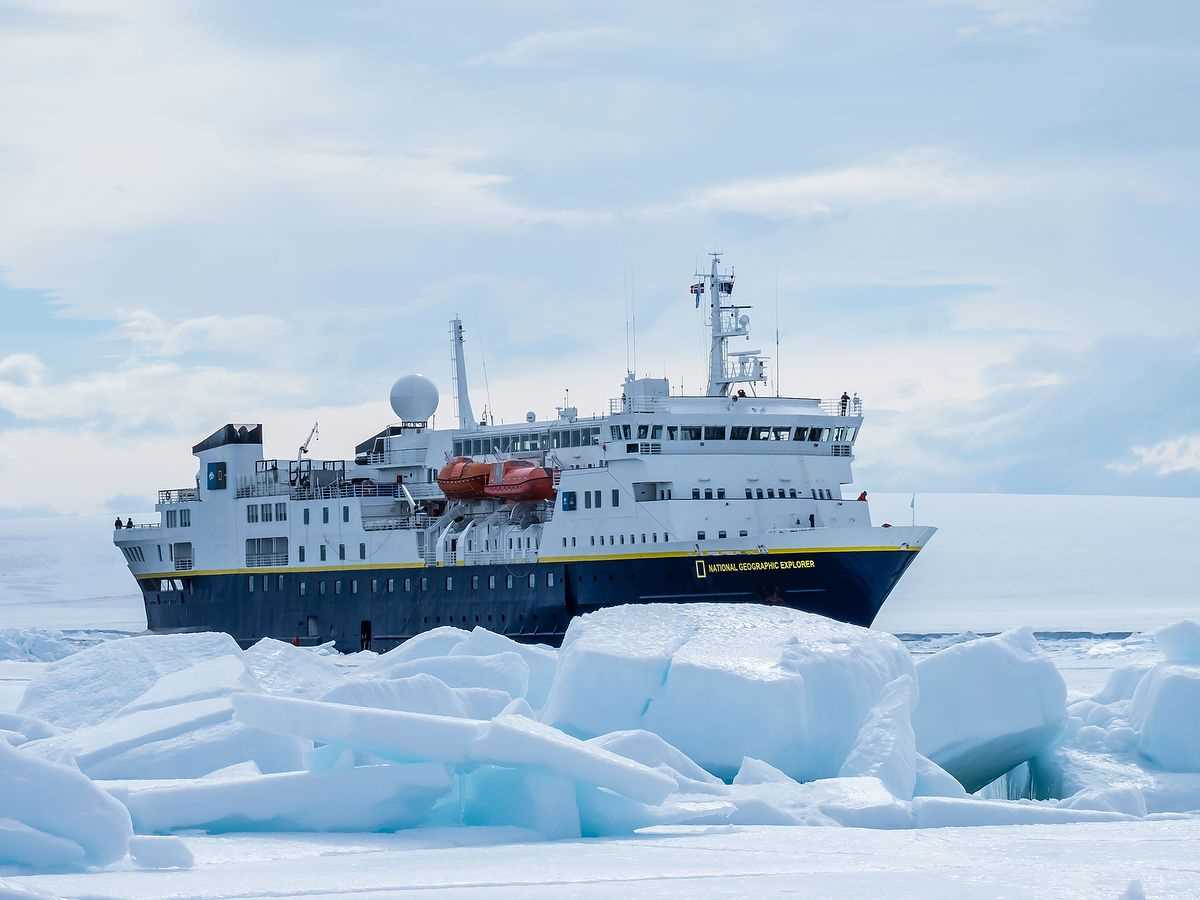Sunrise came early in the Weddell Sea—at 02:51, according to the bridge. Not many souls were awake to see it, but the sky was clear and the sun painted the snow-covered mountains around us in pastel pinks and subdued reds. What a glorious, if not painfully early, way to start our expedition here on the eastern side of the peninsula!
Our first attempted landing was at Devil Island, cradled on the northern shore of much larger Vega Island. Devil is home to a large Adélie penguin colony and we were looking forward to being among these tuxedo-clad birds. And then the wind came…in force. Gale force, actually. Our plans quickly evolved and we decided to heave up anchor and sail farther south into the Weddell Sea toward Snow Hill Island.
It was the perfect opportunity for
Our afternoon could only be described as sublime. Deep in the Weddell Sea, surrounded by huge tabular icebergs, glacial ice, and sea ice, we cruised through the brash looking for wildlife. Most of us were treated to views of emperor penguins either on the ice or swimming in crystal clear water. We also spotted snow petrels and Adélie penguins. There was a breeding colony of emperor penguins on Snow Hill Island, and the individuals we saw were most likely from that colony, now abandoned as all the chicks have fledged.







